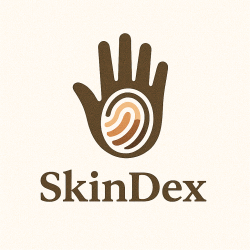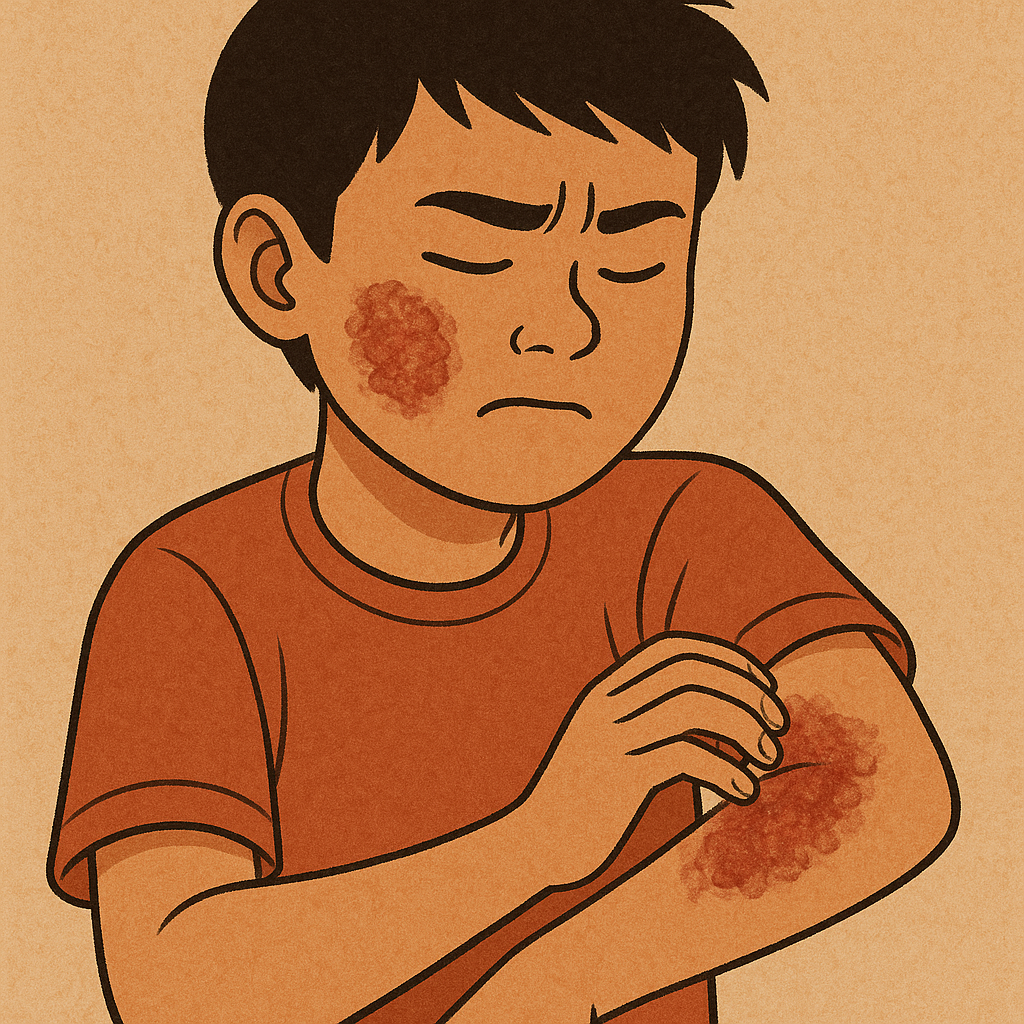
*This article has been reviewed and fact-checked by a physician (Dr. Franky Sugiarto)
As we may know, everyone’s skin produces more or less melanin. Skin of color tends to produce more melanin than lighter skin. But melanin isn’t the only thing that makes our skin unique. Beneath the surface of the skin, there’s actually a lot going on in the skin, and there are important differences in the skin’s barrier, specifically in our ceramides, which are a form of lipid. In this article, we’ll explore
1) What exactly are ceramides?
2) How do ceramide levels differ between darker and lighter skin?
3) And why does understanding these differences matter for choosing the right skincare products?
Let’s get into it!
Ceramides = lipids?
As we’ve briefly mentioned, ceramides are lipids. Lipids are fat molecules that help form the skin’s protective barrier and prevent moisture from escaping. Ceramides, in particular, make up more than half of this barrier, helping our skin stay strong, protected (against bacteria/irritants), and hydrated!
Differences in ceramide levels
Interestingly enough, ceramide levels differ across skin tones. In fact, a research study has shown notable differences across skin types, with Asian skin having the highest, Caucasians following, and African skin having the lowest levels.
Well, why is this? Scientists believe it’s because of variations in our enzyme activity and lipid production within the skin. This means that how well our skin can hold onto moisture depends a lot on our skin biology and genetics. So this might explain why many people with darker skin experience dryness or ashiness. It’s important to note that this doesn’t necessarily mean darker skin can’t be oily. Anyone can have oily skin. But these patients are more prone to dehydrated skin, meaning their skin may produce plenty of oil but still lack water underneath.
Why does this matter?
Understanding these differences in our ceramide levels and skin biology across skin tones is very important! It can help us make more informed skincare decisions. For darker skin, it’s more about repairing the barrier than layering on moisture. For lighter skin, keeping the barrier calm and hydrated helps prevent redness and irritation.
Also, choosing products that contain ceramides and fatty acids can further help rebuild your protective barrier and lock in hydration! Be sure to look out for these in the ingredients list of your products, especially your moisturizers.
Takeaway!
What have we learned? Well, every skin tone is different in its biology and ceramide levels, meaning that everyone has different/unique needs. By understanding how ceramides and skin biology differ, we can better care for our skin, from repairing the barrier to keeping it calm, hydrated, and healthy!
References
Sugino, K., et al. “Immunotitration Experiments Suggested That the … of Black and White Skin.” Journal of Investigative Dermatology, 1990. ScienceDirect, https://www.sciencedirect.com/science/article/pii/S0022202X9090147X.
“Skin Pigmentation Results from Complex … the Physiopathological Mechanisms of Melanogenesis.” PubMed Central (PMC), U.S. National Library of Medicine, https://pmc.ncbi.nlm.nih.gov/articles/PMC12295737/.
Sangha, Archana M. “Physiological Nuances in Skin of Color.” JCAD Online, 2023, https://jcadonline.com/physiological-nuances-in-skin-of-color/.

















